Ornamental Kale Crane Bicolor pack of 15-20 seeds imported
₹60.00
Out of stock
Email when stock available
SKU: OrnamentalKaleCraneBicolor
Category: Winter Flower Seeds
Ornamental Kale Crane (Brassica oleracea) from seeds is a rewarding way to add vibrant, decorative foliage to your garden, especially in cooler seasons. Here’s a step-by-step guide:
1. Gather Supplies
- Seeds: Choose a variety of ornamental kale in the colors and patterns you prefer.
- Seed trays or pots: Shallow trays or small pots with drainage holes.
- Potting mix: Use a light, well-draining seed-starting mix.
- Watering tool: A spray bottle or watering can with a fine nozzle.
2. Ornamental Kale Crane Timing
- For spring planting: Start seeds indoors 6–8 weeks before the last frost date in your area.
- For fall planting: Start seeds indoors or sow directly outdoors 6–8 weeks before the first expected frost.
3. Sowing Seeds Indoors
- Fill seed trays or pots with the seed-starting mix.
- Sow seeds 1/4 inch (6 mm) deep.
- Cover lightly with soil and mist with water to moisten the surface.
- Space seeds 1–2 inches (2.5–5 cm) apart if planting in trays.
4. Germination
- Light and Temperature: Place the trays in a warm, bright location with indirect sunlight. Maintain a temperature of 65–75°F (18–24°C).
- Watering: Keep the soil consistently moist but not waterlogged.
- Germination typically occurs within 5–10 days.
5. Ornamental Kale Crane Transplanting Seedlings
- Once seedlings have 2–3 true leaves, transplant them into individual pots or directly into the garden.
- Spacing: Space plants 12–18 inches (30–45 cm) apart to allow for full growth.
6. Outdoor Planting
- Choose a site with full sun to partial shade.
- Use well-draining, fertile soil enriched with compost or organic matter.
- Water thoroughly after planting to help establish the roots.
7. Care and Maintenance
- Watering: Keep the soil consistently moist but avoid overwatering to prevent root rot.
- Fertilizer: Apply a balanced, slow-release fertilizer or compost at planting and mid-season for optimal growth.
- Temperature: Ornamental kale thrives in cool weather and becomes more vibrant after exposure to light frost. It tolerates temperatures down to 20°F (-6°C).
8. Pest and Disease Management
- Common Pests: Watch for aphids, caterpillars, and cabbage loopers. Use insecticidal soap or manually remove pests if necessary.
- Diseases: Avoid overwatering and ensure good air circulation to prevent fungal issues like powdery mildew.
Be the first to review “Ornamental Kale Crane Bicolor pack of 15-20 seeds imported” Cancel reply
You must be logged in to post a review.
Related products
Summer Flower seeds
Rated 5 out of 5
₹90.00
Winter Flower Seeds
Nasturtium Alaska Seeds Mix color pack of 15-20 seeds Open Pollinated
Rated 4 out of 5
₹60.00
Winter Flower Seeds
Mesembryanthemum Ice plant Mix Color 40-50 seeds Open Pollinated
Rated 5 out of 5
₹50.00
Winter Flower Seeds
Carnation Seeds Giant Chaubad Mix Color seeds pack of 30-40 seeds Open Pollinated
₹60.00




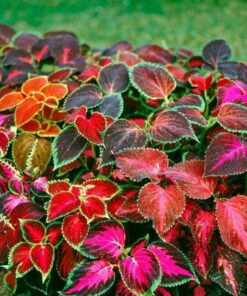
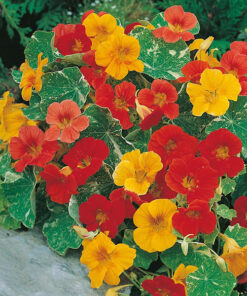
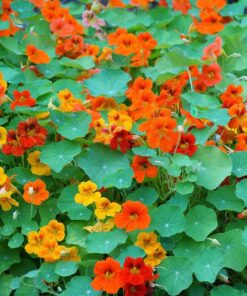
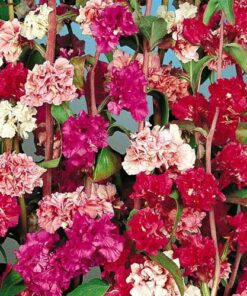
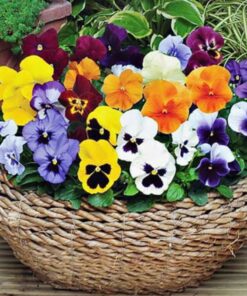

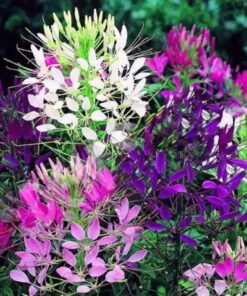
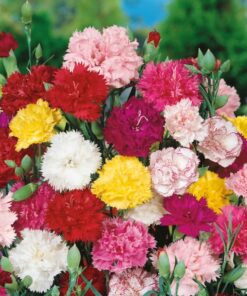

Reviews
There are no reviews yet.